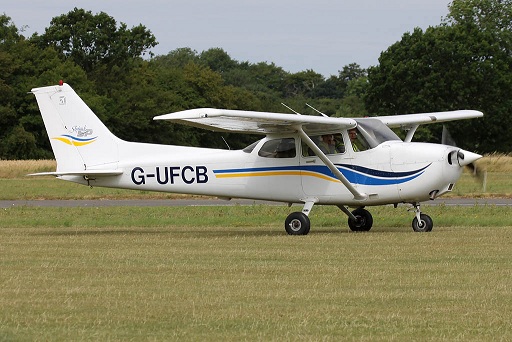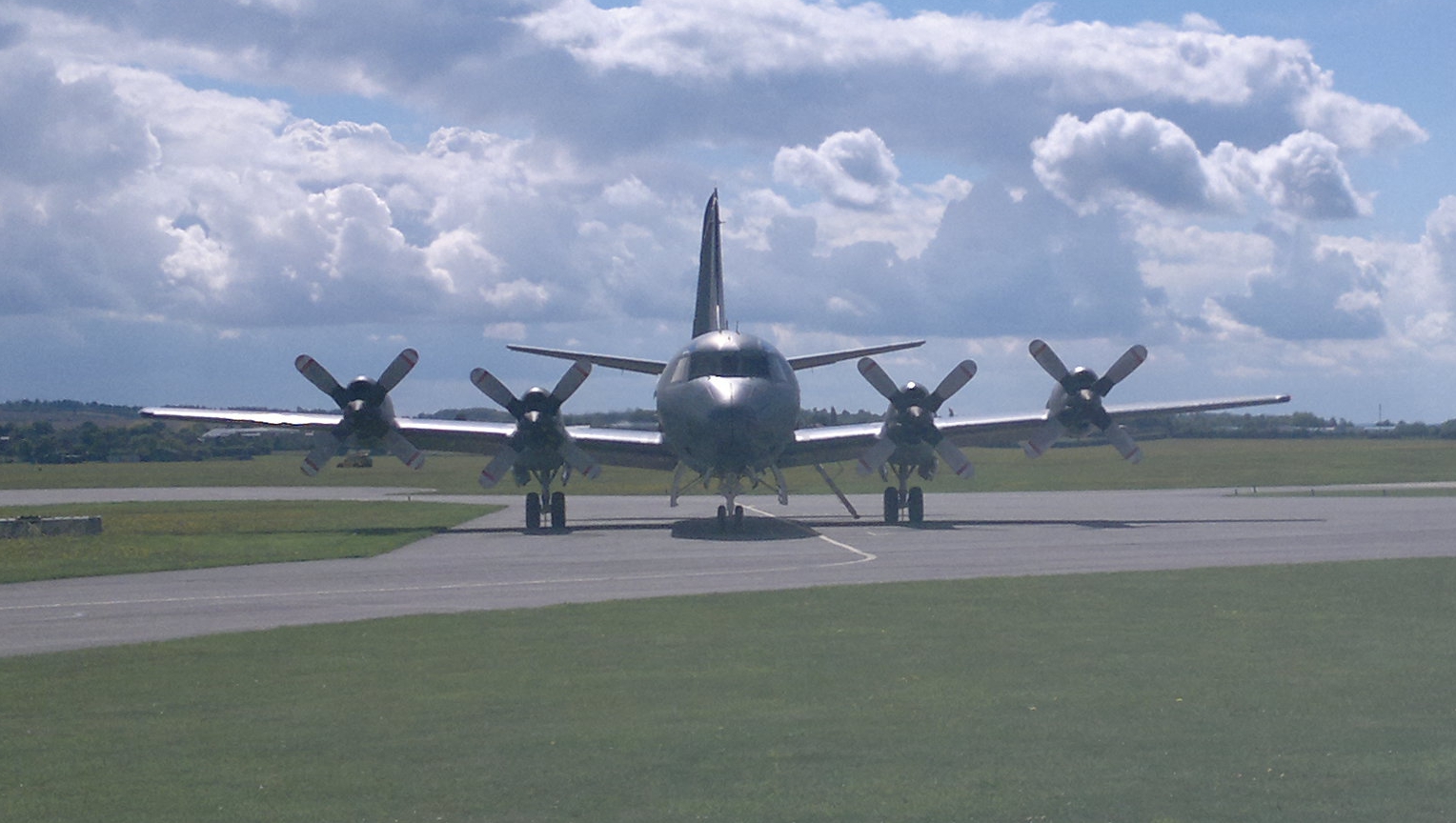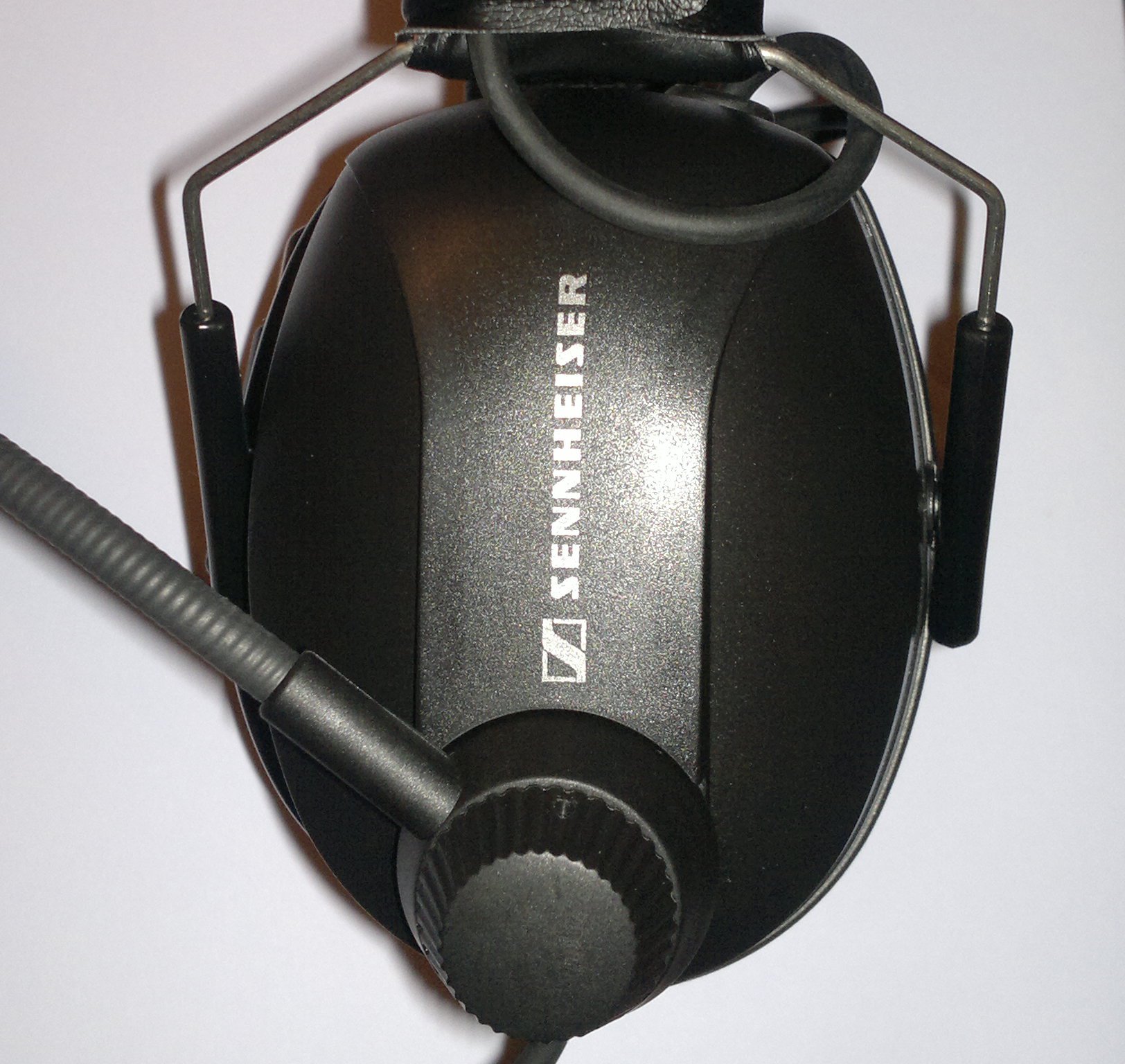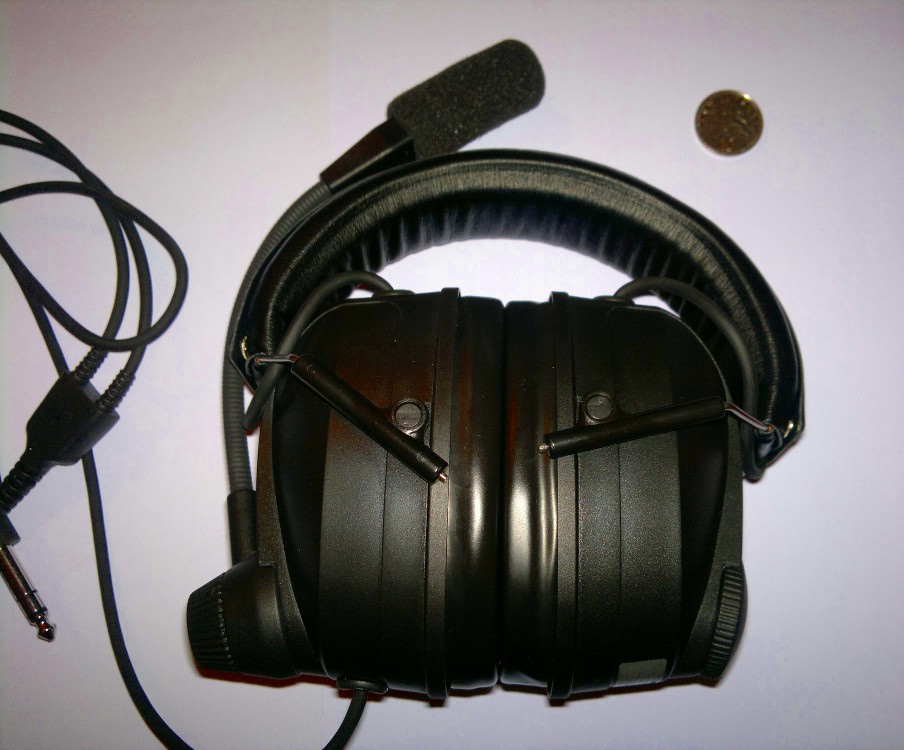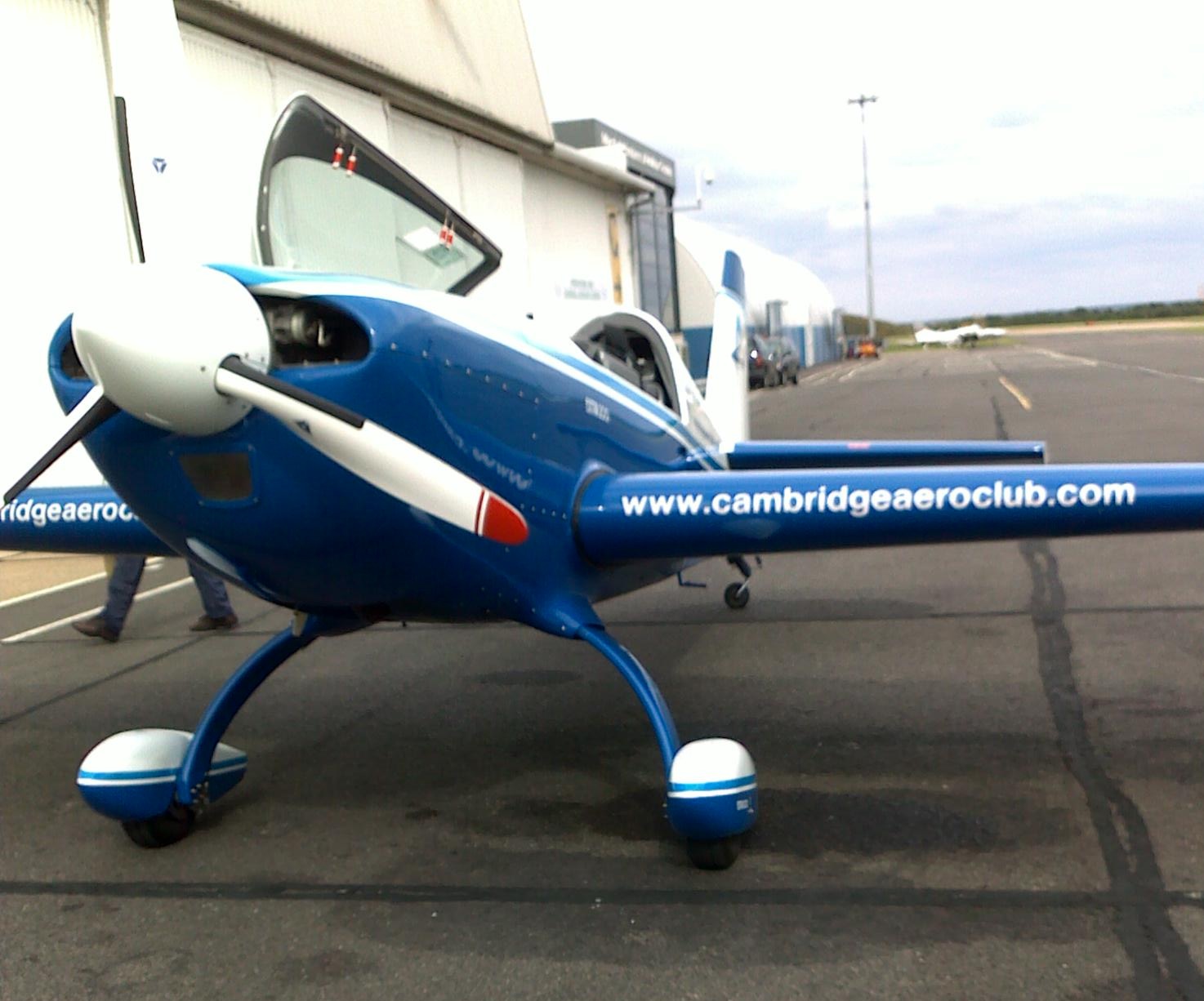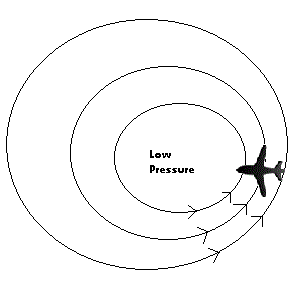The lesson started in serious risk of being cancelled, as is becoming a bit of a ridiculous tradition for me, within 5 minutes of setting off for the aero club the first drops of rain fell from the skies!! There was hope though, if all else failed my instructors 4pm slot had become free so we could cancel and try again later…….I should be more sympathetic of the rain we were getting, at the same time I was hoping the skies would clear, New York was getting hit by a hurricane!
G-UFCB was the plane for today, in a punt that the sky would clear I checked out the plane. I’m getting more efficient at plane check outs (efficient = faster, without any shortcuts 🙂 ). Nice to see Charlie Bravo in better shape, when I did my externals lesson on it, it was in pretty beat up shape. Now it was looking good to go and as luck would have it the sky was beginning to turn blue!
With the lesson all systems go, we jumped in the plane and did the start up checks. The airport had a CP-140 Aurora almost ready, so with a few “….that’s fine” additions from my instructor we were done quickly with the checks.
And then….
First Radio Call
I’ve been reading car license plates in phonetic alphabet for the last three weeks, so I was hopeful my first taxi clearance call would be ok. We did a quick practice…….it went great, except my instructor said “Umbrella? U is Uniform….” I didn’t know where that had come from, I still don’t, I said it totally fluently, I hadn’t stuttered or stumbled, just rattled off: “Golf Umbrella Foxtrot Charlie Bravo..” That’s what practise is for I guess!
“Ok when you’re ready, press the radio button and get our clearance…”
“……..Tower, Golf Uniform Foxtrot Charlie Bravo, Information with Bravo, QNH 1010, request taxi.”
“Golf Charlie Bravo, information correct…….”
Smooth and no stumbling or ‘errr’ moments, job done!! Now to beat that CP-140 Aurora to the run way (if it got going we’d be delayed as they’d have priority).
Taxing to Runway
At the risk of my instructor seeing this and screaming I speak lies, my taxing is getting better 😉 I’m still not predicting the inertia as well as I’d like and have moments of overcompensation, but this lessons taxing was a lot better than Lesson 2 (Taxi / Ground Checks). I also find myself leaning towards the more responsive effects of the brakes to due ‘good’ turns. Just getting to the runway is not my definition of being able to do it etc. It’s coming along though.
The Plane Air Traffic Forgot.….
We got clearance to take off, but as we were checking the runway approach, we spotted a plane coming down for a landing. My instructor felt we were still good to go, so we went……but we later heard on the radio that ATC had semi-forgotten they’d cleared them to land and cleared us to take off! [Why it’s vital to check the approach, even if you have clearance!]
Climbing through the Cloud Gaps
The goal was to see the effects of differing power and flaps, which we were hoping to do up at around 4000ft. My instructor set us up on a climb through the gaps in the clouds and then passed control to me to try and “keep this picture”. That went smooth, but unfortunately there was no horizon up there, so it was controls back to the instructor for a sharp decent to 2000ft.
The descents my instructor does always gives me a glimpse of how many more hours I’m away from being good at this flying lark 🙂
Changes in power, holding the planes datum, keeping it in balance and re-trimming I’m all pretty happy with. On to moving the flaps.
Flaps and Oscillation
I should have realised this, but on the day I’d either forgot or the effect is just not that obvious enough in simulation. Using the flaps makes the plane oscillate in pitch.
It’s obvious if you stop and think first (At least if you go back to initial & further effects of the flight controls!):
- Lowering the flaps to 10 degrees, gives a lot of lift.
- Lift causes the plane to pitch up.
- Pitching up causes the airspeed to drop.
- Reduced airspeed causes a reduction in lift.
- A reduction in lift causes the plane to pitch down.
- Pitching down causes airspeed to increase.
- Airspeed increasing causes an increase in lift.
- An increase in lift causes the nose to pitch up!
- …..and repeat, until at some point the plane will find its new equilibrium.
So if you lower flaps you get: Pitch Up, Pitch Down…. If you’re raising flaps you’ll get Pitch Down, Pitch Up.
In flight this seemed fine and we did some practises of moving the flaps (always within the flap movement [VFE] speed of course!) and trying to keep the datum horizon out of the window. Seemed fine, so on to playing with the aircraft fuel mixture.
Fuel Mixture Control
A question I always wondered, answered!! On a Cessna with its push/pull rod controls, if you pulled the mixture control ‘all the way out’, the fuel would be completely cut and the engine would die!!! Yet to ‘lean’ the fuel to air ratio, you have to pull the mixture control out. Pull it to far out though and you risk killing the engine………so I’d always pondered this control, how did you make sure you didn’t accidentally pull too hard or get bumped?
It turns out the control has a second function: You can twist it!
Done this way you’re always a long, long way from cutting the fuel.
We leaned the fuel and went from 10 gallons per hour fuel flow to more like 7 gallons per hour (fuel costs money: We’re now getting the same power for 3 gallons per hour less fuel!!).
On future flights I’ll have to keep a note of how much fuel my leaning has saved them and ask for the saving back at the desk 🙂
Time to head home…
I flew the circuit turns, my instructor flew the base leg and final approach with me feeling the flight controls, in preparation for that somewhere in the future, first landing of my own. Once back on the ground, it was time for some more of my ‘self rated’ average taxing. After landing checks done, taxi to parking done, shut down the plane and it’s another 55 minutes of flying signed off in the log book .
42.58 hours left to log.
